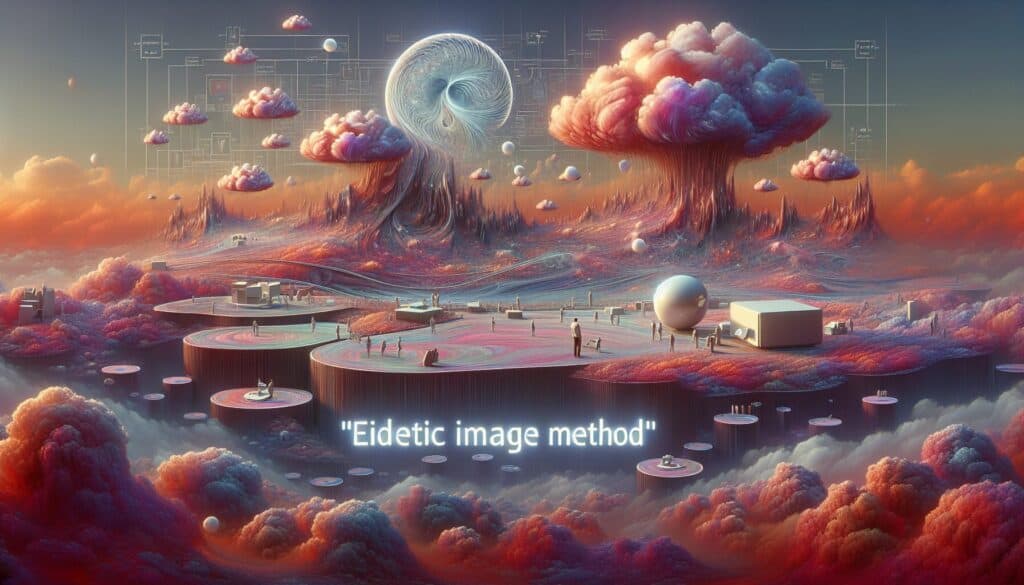用户研究和设计中使用的一种技术,用于详细回忆与产品或系统的体验或互动,几乎可以用照片来记录。
- 方法: 客户与营销, 经济学, 产品设计
电子影像法

电子影像法
- 客户体验, 客户旅程制图, 设计思维, 交互设计, 可用性, 可用性测试, 用户体验(UX), 以使用者為中心的設計
目标
如何使用
- 引导用户生动回忆过去使用产品的具体经历,重点是感官细节、动作和情绪。访谈者会探究丰富的细节,就像用户在重温事件一样。
优点
- 可以发现其他方法可能忽略的深刻见解和情感反应;有助于了解用户体验的细微差别;提供丰富的定性数据。
缺点
- 在很大程度上依赖于被试的记忆力和表述类似回忆的能力;每个被试可能都很耗时;需要熟练的访谈技巧,在不引导被试的情况下引导其回忆。
类别
- 客户与营销, 产品设计
最适合:
- 对用户体验进行丰富、详细的回忆,以发现深刻的洞察力和情感反应。
The Eidetic Image Method finds application in various sectors such as consumer electronics, automotive design, and healthcare product development, where understanding the emotional connection users feel towards a product can significantly inform design decisions. This methodology is particularly valuable during the early phases of product development, especially in user research and ideation stages, where capturing nuanced user experiences can lead to innovative solutions tailored to real needs. Facilitated workshops or interviews involving stakeholders, including designers, product managers, and end-users, can help create a comprehensive snapshot of user engagement with products. Participants are encouraged to share stories in a controlled setting designed to encourage vivid recall, often guided by seasoned moderators trained in qualitative research techniques. The richness of the data collected through this method provides designers and engineers with a deeper comprehension of user expectations, motivations, and emotional reactions, allowing them to iterate on designs that resonate more profoundly with users. This approach also complements quantitative methods by filling the gaps that numbers may miss, revealing not only what users did but why they felt the way they did during their interactions.
该方法的关键步骤
- Guide users to select a specific product experience.
- Encourage users to focus on sensory details during the recollection.
- Prompt users to describe their actions taken with the product.
- Inquire about emotional responses throughout the experience.
- Explore contextual factors surrounding the experience.
- Probe for nuanced details that surface during recall.
- Facilitate a deeper reliving of the experience with open-ended questions.
专业提示
- Encourage participants to express sensory details vividly, prompting questions that highlight sight, sound, smell, and touch for deeper engagement.
- Utilize a timeline approach during interviews, asking users to recount steps in their experience sequentially, enhancing memory recall through temporal cues.
- Facilitate emotional reflection by asking participants how they felt during specific moments to uncover underlying motivations and sentiments associated with their experiences.
历史背景
1986
(如果日期不详或不相关,例如 "流体力学",则对其显著出现的时间作了四舍五入的估计)。

相关文章
肌肉骨骼不适调查表
多变量测试(MVT)
多元回归分析
动作捕捉系统
MoSCoW 方法
情绪中值测试